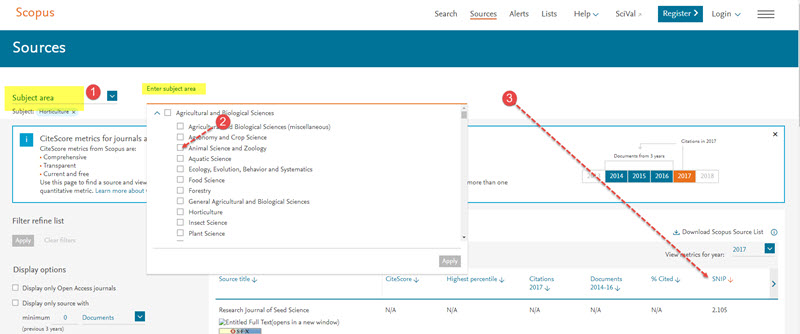-
Courses

Courses
Choosing a course is one of the most important decisions you'll ever make! View our courses and see what our students and lecturers have to say about the courses you are interested in at the links below.
-
University Life

University Life
Each year more than 4,000 choose University of Galway as their University of choice. Find out what life at University of Galway is all about here.
-
About University of Galway

About University of Galway
Since 1845, University of Galway has been sharing the highest quality teaching and research with Ireland and the world. Find out what makes our University so special – from our distinguished history to the latest news and campus developments.
-
Colleges & Schools

Colleges & Schools
University of Galway has earned international recognition as a research-led university with a commitment to top quality teaching across a range of key areas of expertise.
-
Research & Innovation

Research & Innovation
University of Galway’s vibrant research community take on some of the most pressing challenges of our times.
-
Business & Industry

Guiding Breakthrough Research at University of Galway
We explore and facilitate commercial opportunities for the research community at University of Galway, as well as facilitating industry partnership.
-
Alumni & Friends

Alumni & Friends
There are 128,000 University of Galway alumni worldwide. Stay connected to your alumni community! Join our social networks and update your details online.
-
Community Engagement

Community Engagement
At University of Galway, we believe that the best learning takes place when you apply what you learn in a real world context. That's why many of our courses include work placements or community projects.
Publishing Guidelines for Researchers
Publishing Guidelines for Researchers
Choosing where to publish your work is hugely important regarding the dissemination of your research. You should target top journals relevent to your work that are likely to be read and cited by others working in your field. The following sections can give you some advice and direction on choosing where to publish, ensuring you get your details right and maximising the impact of your research:
Once you have selected your targeted journal (check out Top Journals in Scopus), ensure you follow the publishing guidleines to ensure your paper has a consistent name and is properly affiliated and you receive the correct credit for your work.
Getting your Name and Affiliation correct
Lastly once your paper is published, communication and dissemination is key to broaden the impact of your research - our guide gives practical steps to help you ensure your research is visible in your field and making a difference.
Top Journals in Scopus
Scopus features three citation indicators to measure a journal's impact; Citescore, SNIP (Source Normalised Impact per Paper) and SJR (SCImago Journal Rank). These indicators use the citation data captured in the Scopus database to reveal different aspects of a journal's impact: Read more on the Journal classification in Scopus.
- CiteScore is a new journal metric available at https://journalmetrics.scopus.com/ and via Scopus. The metric is calculated similarly to the Journal Impact Factor except it is over a three year period instead of two years and all document types are included
- SNIP (source normalized impact per paper) also uses citation data from Scopus. This indicator measures the average citation impact of the publications of a journal. The SNIP corrects for differences in citation practices between scientific fields, which allows for more accurate between-field comparisons of citation impact.
- SJR takes into account the prestige of the citing journal; citations are weighted to reflect whether they come from a journal with a high or low SJR and is calculated over a 3 year period. The SJR normalises for differences in citation behavior between subject fields.
See which Journals on Scopus have the Highest Impact: Journals in the top quarter percentile (i.e. 75% and above) generally garner more citations and hence have more impact.
Scopus/Scival provide online tools to view and compare top journals in your discipline.
Scopus online Allows you to search for your discipline or a specific journal and compare Citation Scores and percentiles.
Scopus Compare Journals online tool allows you to compare up to 10 journals in your subject area by CiteScore, SJR, SNIP, citations, documents, percent not cited and percent reviews.
Alternatively, you can view all the journals in your subject area from Scopus here. Ensure you have the subject area field displayed as shown in step 1 below, then enter the subject area and finally sort by decreasing order of SNIP. This will sort the journals from the highest SNIP.

Content Selection on Scopus and Suggesting a Journal for Inclusion on Scopus
All content on Scopus is reviewed and selected by an independant Content Selection and Advisory Board (CSAB), an international group of scientists and researchers with journal edior expertise, who represent the major disciplines. Any new journal or book must meet certain technical requirements and then pass a CSAB review. Every year, approximately 3,500 new titles are suggested for inclusion in Scopus, but only 33% of those titles meet the technical criteria. And of those roughly 1,200 titles, only 50% are accepted after CSAB review.
Learn more about the Content selection process here, including a link to a form to be completed in order to suggest a new title for inclusion on Scopus.
News
27th September 2023
University of Galway retains it's global rank of 301-350 in the Times Higher Education (THE) World University Rankings 2024.
20th Sept 2023
27th June 2023
1st June 2023
22nd March 2023
12th October 2022
University of Galway has climbed in the latest Times Higher Education World University Rankings for 2023, into the 301-350 category, up from the 351-400 category last year.















